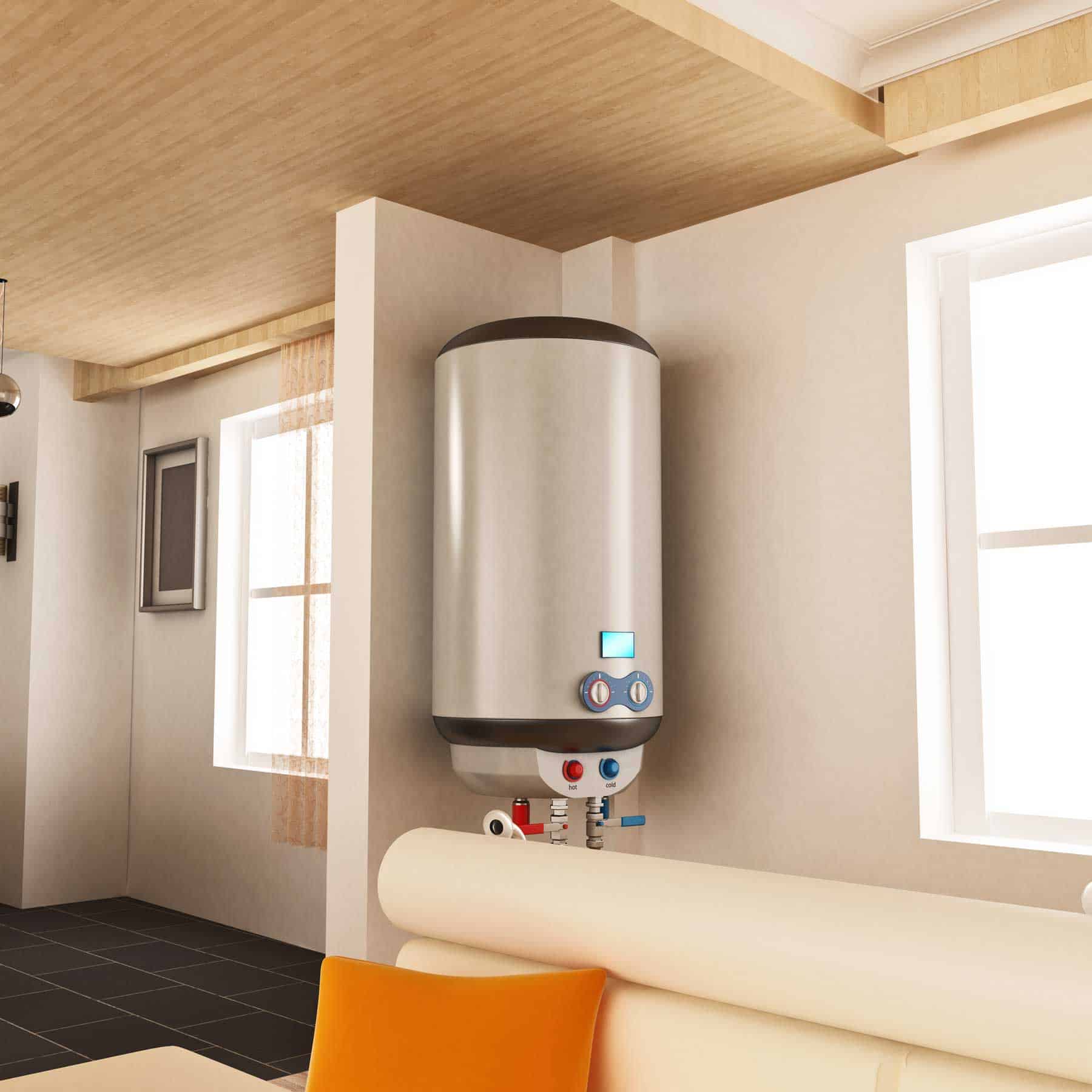Useful Techniques for Caring for Your Home's Hot Water SystemEasy Guide to Maintaining Your Home's Hot Water System
Useful Techniques for Caring for Your Home's Hot Water SystemEasy Guide to Maintaining Your Home's Hot Water System
Blog Article
What're your ideas with regards to What Kind of Maintenance Do Water Heaters Need??

Hot water is necessary for day-to-day comfort, whether it's for a revitalizing shower or washing dishes. To guarantee your warm water system runs successfully and lasts longer, routine maintenance is essential. This post gives practical suggestions and understandings on how to preserve your home's warm water system to stay clear of disruptions and expensive repair work.
Intro
Maintaining your home's warm water system may seem overwhelming, but with a few easy actions, you can guarantee it operates smoothly for many years to find. This guide covers every little thing from understanding your hot water system to DIY maintenance suggestions and recognizing when to call in professional assistance.
Value of Keeping Your Warm Water System
Regular maintenance not only prolongs the life-span of your warm water system however additionally guarantees it runs efficiently. Overlooking upkeep can bring about decreased efficiency, greater power bills, and even premature failure of the system.
Signs Your Hot Water System Needs Maintenance
Recognizing when your hot water system requires focus can prevent major problems. Watch out for indications such as irregular water temperature level, odd sounds from the heating system, or corroded water.
Recognizing Your Hot Water System
Before diving into maintenance jobs, it's handy to recognize the standard parts of your warm water system. Usually, this consists of the hot water heater itself, pipes, anode rods, and temperature level controls.
Month-to-month Maintenance Tasks
Regular month-to-month checks can assist catch small problems before they escalate.
Purging the Water Heater
Flushing your hot water heater eliminates sediment build-up, enhancing efficiency and lengthening its life.
Monitoring and Replacing Anode Rods
Anode poles avoid corrosion inside the storage tank. Evaluating and replacing them when worn out is vital.
Evaluating and Adjusting Temperature Setups
Readjusting the temperature setups guarantees optimal efficiency and safety.
Do It Yourself Tips for Maintenance
You can execute a number of upkeep tasks on your own to keep your warm water system in top problem.
Checking for Leakages
Frequently evaluate pipes and connections for leaks, as these can lead to water damage and higher bills.
Examining Stress Alleviation Valves
Examining the stress relief valve guarantees it works appropriately and avoids too much pressure buildup.
Protecting Pipelines
Insulating warm water pipelines minimizes warm loss and can save energy.
When to Call a Professional
While do it yourself maintenance is useful, some issues need specialist competence.
Complicated Concerns Requiring Expert Aid
Examples include significant leakages, electrical problems, or if your hot water heater is consistently underperforming.
Routine Expert Upkeep Benefits
Expert upkeep can consist of comprehensive evaluations, tune-ups, and making sure conformity with safety requirements.
Verdict
Regular maintenance of your home's hot water system is important for efficiency, durability, and expense financial savings. By adhering to these tips and understanding when to look for specialist aid, you can ensure a reputable supply of hot water without unforeseen disturbances.
How to Maintain an Instant Hot Water Heater
Before tinkering with your hot water heater, make sure that it’s not powered on. You also have to turn off the main circuit breaker and shut off the main gas line to prevent accidents. Also turn off the water valves connected to your unit to prevent water from flowing into and out of the appliance. 2. When you’re done, you have to detach the purge valves’ caps. These look like the letter “T” and are situated on either side of the water valves. Doing so will release any pressure that has accumulated inside the valves while at the same time avoid hot water from shooting out and burning your skin. 3. When the purge valves’ caps are removed, you have to connect your hosing lines to the valves. Your unit should have come with three hoses but if it didn’t, you can purchase these things from any hardware or home repair shops. You can also get them from retail stores that sell water heating systems. Read the user’s manual and follow it to complete this task properly. When the hosing lines are connected, open the purge port’s valves. 4. You should never use harsh chemical cleaners or solutions when cleaning your unit. Make use of white vinegar instead. It should be undiluted and you’ll probably use about 2 gallons. 5. Now flush your water heater. This task should probably take about 40 minutes. We can’t give you specific directions for this because the procedure is carried out depending on the type, model and brand of your heater. With that being said, refer to the user’s manual. 6. When you’re done draining the unit, you have to turn off the purge port valves again. Remove the hosing lines that you earlier installed on each of the water valves. Put the valve caps (purge port) back in their respective places and be very careful so as not to damage the rubber discs that are found inside these caps. 7. Now that everything’s back in place, check your user’s manual again to find out how to reactivate your water heating system. 8. Once it is working, turn one of your hot water faucets on just to let air pass through the heater’s water supply pipes. Leave the tap on until water flows smoothly out of it. https://www.orrplumbing.com/blog/2014/september/how-to-maintain-an-instant-hot-water-heater/

I found that blog posting on Tips on Maintaining a Water Heater while browsing the web. Do you know about somebody else who is very much interested in What Kind of Maintenance Do Water Heaters Need?? Feel free to share it. We cherish your readership.
Schedule And Pricing Report this page